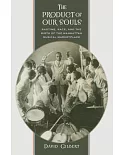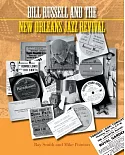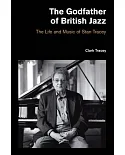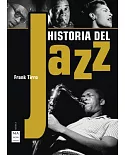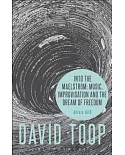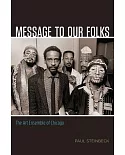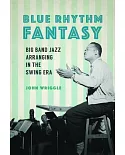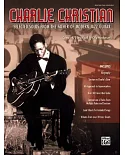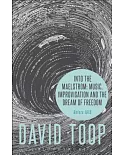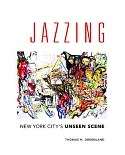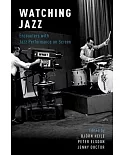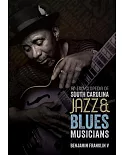What, where, and when is jazz? To most of us jazz means small combos, made up mostly of men, performing improvisationally in urban club venues. But jazz has been through many changes in the
decades since World War II, emerging in unexpected places and incorporating a wide range of new styles. In this engrossing new book, David Ake expands on the discussion he began in Jazz
Cultures, lending his engaging, thoughtful, and stimulating perspective to post-1940s jazz. Ake investigates such issues as improvisational analysis, pedagogy, American exceptionalism, and
sense of place in jazz. He uses provocative case studies to illustrate how some of the values ascribed to the post-war jazz culture are reflected in and fundamentally shaped by aspects of
sound, location, and time. A musician himself, Ake's analysis is informed throughout by his insider status. This lively and accessible book adds a fresh perspective to the ongoing conversation
about contemporary jazz issues.


